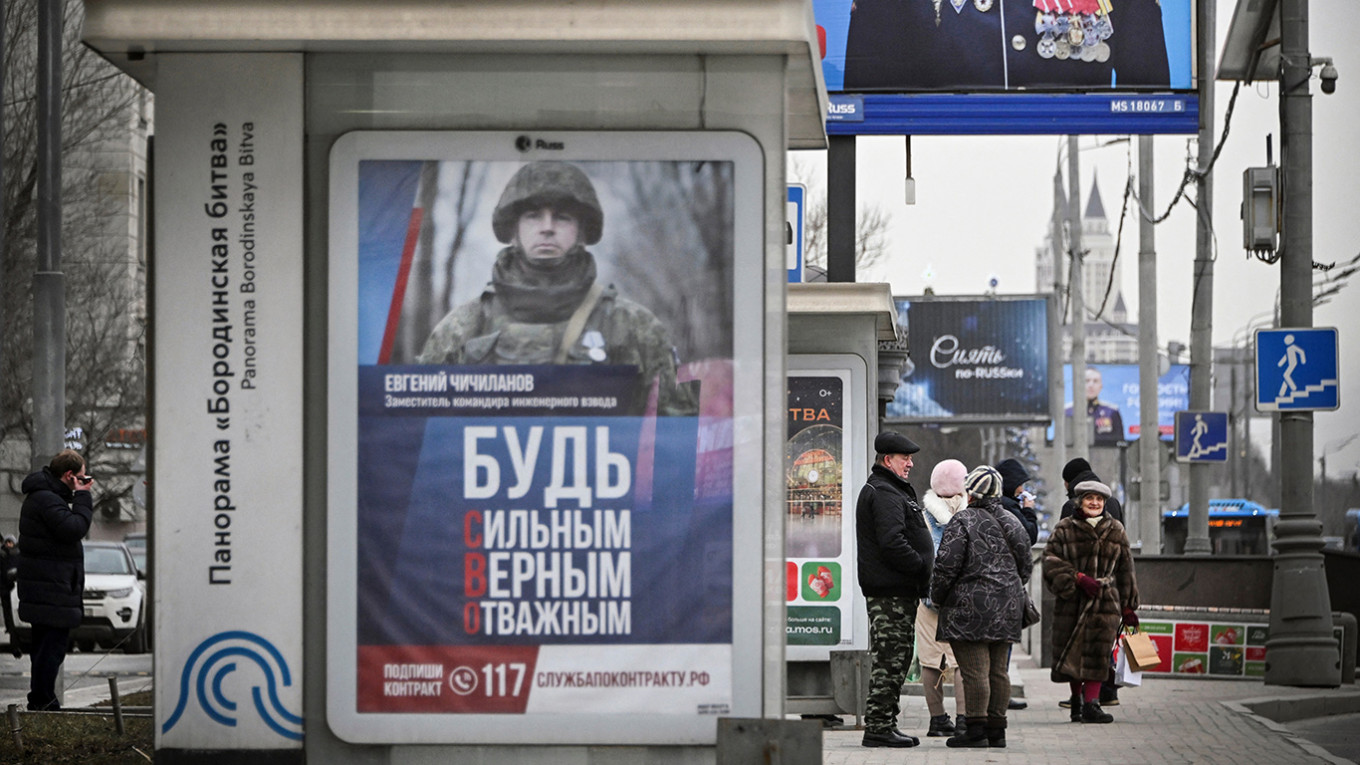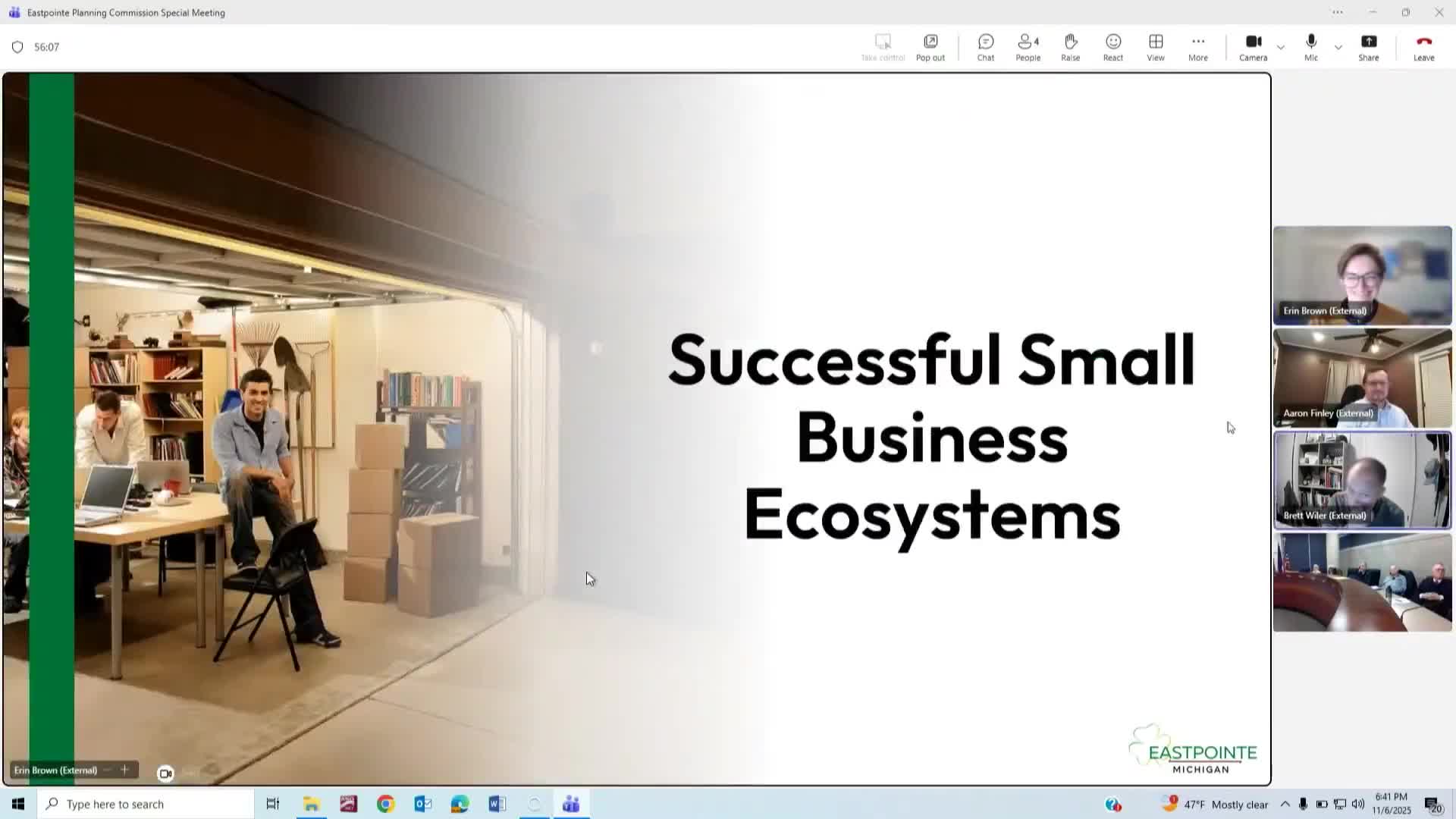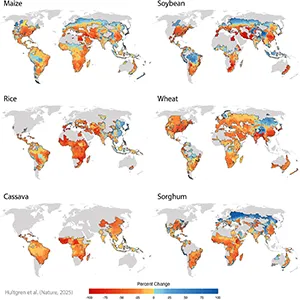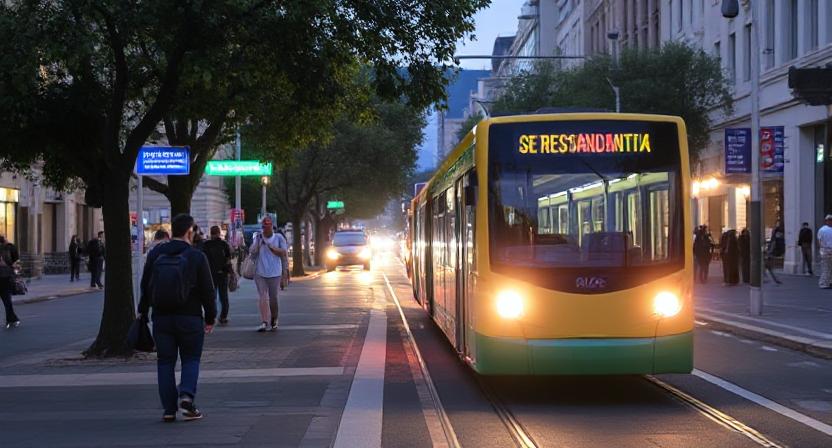Another step towards economic collapse. Russia’s GDP growth rate has slowed down – Online.UA

Report on the Russian Federation’s Economic Downturn and its Implications for Sustainable Development Goals (SDGs)
Economic Performance and Contradiction with SDG 8: Decent Work and Economic Growth
Recent data indicates a significant deceleration in the Russian Federation’s economic performance, directly challenging the objectives of SDG 8, which promotes sustained, inclusive, and sustainable economic growth. The following key indicators, reported by the Center for Countering Disinformation, illustrate this trend:
- Gross Domestic Product (GDP): The GDP growth rate has slowed dramatically to 1.2% in 2025, a sharp decline from 4.1% in 2024.
- Industrial Growth: Growth in the industrial sector has decreased by 2.5 times, now standing at 1.8%.
- Retail Turnover: A fourfold decrease in retail turnover signals a contraction in consumer spending and economic activity.
This economic slowdown undermines progress towards creating decent work and achieving higher levels of economic productivity.
Fiscal Instability and its Impact on SDG 9 and SDG 8
The nation’s fiscal health shows signs of deep-seated problems, impacting the state’s capacity to support key drivers of sustainable development, particularly those outlined in SDG 9 (Industry, Innovation, and Infrastructure) and SDG 8 (Target 8.3, promoting small and medium-sized enterprises).
- Revenue Shortfalls: Despite a nominal increase, real Value Added Tax (VAT) revenues fell by 2.1% in the first half of 2025 due to high inflation (9.4%). The government achieved only 45% of its annual VAT collection plan in the first six months.
- Reduced Support for Businesses: State support for small and medium-sized businesses (SMEs) was reduced by 43% in the first quarter of 2025, falling from 127.8 to 72.3 billion rubles.
- Limited Access to Finance: The government has also scaled back preferential lending programs, further complicating access to essential financing for businesses, which is critical for innovation and growth as per SDG 9.
Prioritization of Conflict Over Sustainable Development (SDG 16)
The current economic trajectory is heavily influenced by national priorities that diverge from the principles of SDG 16 (Peace, Justice, and Strong Institutions). Analysis suggests that despite systemic financial challenges and a worsening social situation, resources are being diverted away from sustainable economic development.
- The Kremlin’s continued focus on financing war efforts, even amidst significant budget shortfalls and economic decline, demonstrates a policy choice that is counterproductive to achieving peaceful and inclusive societies.
- This prioritization directly undermines the institutional stability and resource allocation necessary for the successful implementation of all Sustainable Development Goals.
Analysis of Sustainable Development Goals in the Article
1. Which SDGs are addressed or connected to the issues highlighted in the article?
-
SDG 8: Decent Work and Economic Growth
The article’s primary focus is on the slowdown of Russia’s economic growth, directly relating to SDG 8. It discusses the decline in GDP, industrial output, and retail turnover, all of which are key components of a nation’s economic health and its ability to provide decent work.
-
SDG 9: Industry, Innovation and Infrastructure
The article explicitly mentions a significant decrease in industrial growth, which connects directly to the goal of promoting sustainable industrialization.
-
SDG 16: Peace, Justice and Strong Institutions
The article links the economic downturn to the Kremlin’s decision to continue the war, highlighting how conflict undermines economic stability and redirects resources away from social and economic development. It also points to institutional failures, such as the inability to meet tax revenue targets, which relates to the effectiveness and accountability of institutions.
-
SDG 17: Partnerships for the Goals
This goal is relevant through its focus on domestic resource mobilization. The article details the government’s failure to achieve its planned tax collection targets, which is a core aspect of mobilizing domestic resources for sustainable development.
2. What specific targets under those SDGs can be identified based on the article’s content?
-
SDG 8: Decent Work and Economic Growth
-
Target 8.1: Sustain per capita economic growth
The article directly addresses this target by reporting that “Russia’s GDP growth rate has slowed significantly — to 1.2% compared to 4.1% in 2024.” This demonstrates a failure to sustain economic growth.
-
Target 8.3: Promote development-oriented policies that support… micro-, small- and medium-sized enterprises, including through access to finance
The article shows a direct contradiction to this target by stating there was a “43% reduction in state support for small and medium-sized businesses” and that the “government also reduced preferential lending programs, which significantly complicated access to financing for businesses.”
-
-
SDG 9: Industry, Innovation and Infrastructure
-
Target 9.2: Promote inclusive and sustainable industrialization
The article indicates a setback for this target, noting that “Industrial growth also decreased by 2.5 times, to 1.8%.” This signifies a decline in industrialization rather than its promotion.
-
-
SDG 16: Peace, Justice and Strong Institutions
-
Target 16.6: Develop effective, accountable and transparent institutions at all levels
The article implies institutional ineffectiveness by reporting that “the government should collect 15.456 trillion rubles in value-added tax… but in the first half of the year only 45% of this plan was fulfilled.” This failure to meet revenue plans suggests issues with institutional capacity and economic management.
-
-
SDG 17: Partnerships for the Goals
-
Target 17.1: Strengthen domestic resource mobilization… to improve domestic capacity for tax and other revenue collection
This target is directly relevant as the article highlights a failure in domestic resource mobilization. The text states, “The government is not achieving its planned tax collection targets, which indicates serious problems in the economy” and “the Russian state budget is also not fulfilling the plan for collecting other revenues.”
-
3. Are there any indicators mentioned or implied in the article that can be used to measure progress towards the identified targets?
-
For Target 8.1 (Sustain per capita economic growth):
-
Indicator 8.1.1: Annual growth rate of real GDP per capita
The article provides specific data for this indicator: “Russia’s GDP growth rate has slowed significantly — to 1.2% compared to 4.1% in 2024.” It also mentions a decline in retail turnover by “a factor of four,” which is an indirect measure of economic activity.
-
-
For Target 8.3 (Promote policies for SMEs):
-
Indicator (Implied): Volume of public financial support for SMEs
The article provides a clear metric for this: “a 43% reduction in state support for small and medium-sized businesses in the Russian Federation in the first quarter of 2025, from 127.8 to 72.3 billion rubles.”
-
-
For Target 9.2 (Promote industrialization):
-
Indicator 9.2.1: Manufacturing value added as a proportion of GDP and per capita
While not giving the exact proportion of GDP, the article provides a direct measure of industrial performance: “Industrial growth also decreased by 2.5 times, to 1.8%.”
-
-
For Target 17.1 (Strengthen domestic resource mobilization):
-
Indicator 17.1.1: Total government revenue as a proportion of GDP, by source
The article provides data points related to this indicator, showing a shortfall in revenue collection. It states that real VAT revenues “fell by 2.1%” and that only “45% of this plan [for VAT collection] was fulfilled” in the first half of the year.
-
4. Summary Table of SDGs, Targets, and Indicators
| SDGs | Targets | Indicators |
|---|---|---|
| SDG 8: Decent Work and Economic Growth | 8.1: Sustain per capita economic growth. | Annual GDP growth rate slowed from 4.1% to 1.2%. Retail turnover decreased by a factor of four. |
| SDG 8: Decent Work and Economic Growth | 8.3: Promote development-oriented policies that support SMEs, including through access to finance. | State support for SMEs reduced by 43% (from 127.8 to 72.3 billion rubles). Preferential lending programs were reduced. |
| SDG 9: Industry, Innovation and Infrastructure | 9.2: Promote inclusive and sustainable industrialization. | Industrial growth decreased by 2.5 times, to 1.8%. |
| SDG 16: Peace, Justice and Strong Institutions | 16.6: Develop effective, accountable and transparent institutions at all levels. | Failure to meet revenue targets, with only 45% of the planned VAT collected in the first half of the year. |
| SDG 17: Partnerships for the Goals | 17.1: Strengthen domestic resource mobilization. | Real VAT revenues fell by 2.1%. The government is not achieving its planned tax collection targets. |
Source: news.online.ua

What is Your Reaction?
 Like
0
Like
0
 Dislike
0
Dislike
0
 Love
0
Love
0
 Funny
0
Funny
0
 Angry
0
Angry
0
 Sad
0
Sad
0
 Wow
0
Wow
0





































![Lancaster homeowner’s energy-efficient renovation sparks clash over historic preservation [Lancaster Watchdog] – LancasterOnline](https://bloximages.newyork1.vip.townnews.com/lancasteronline.com/content/tncms/assets/v3/editorial/9/ed/9ed03d32-c902-44d2-a461-78ad888eec38/69050b156baeb.image.png?resize=150,75#)








































